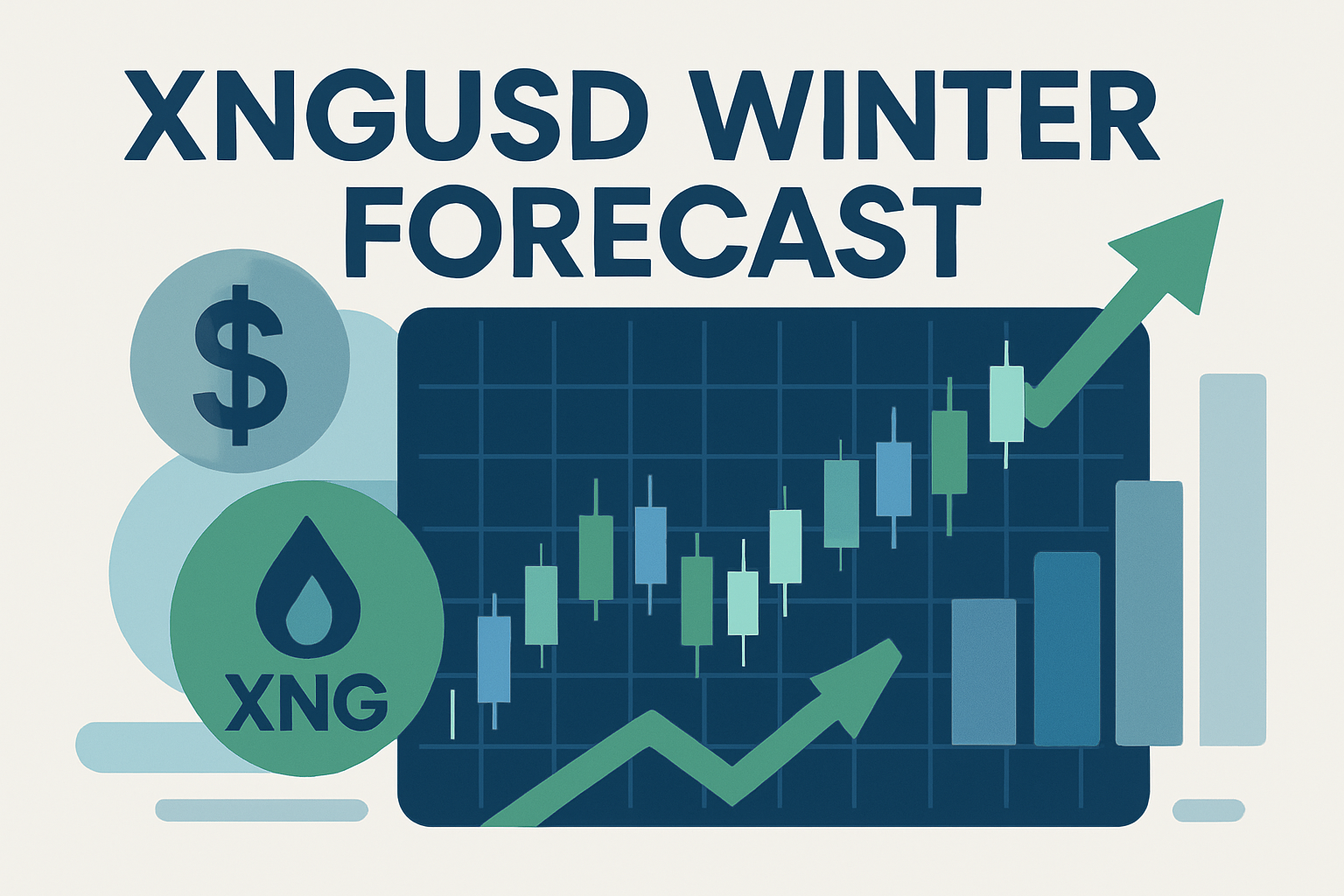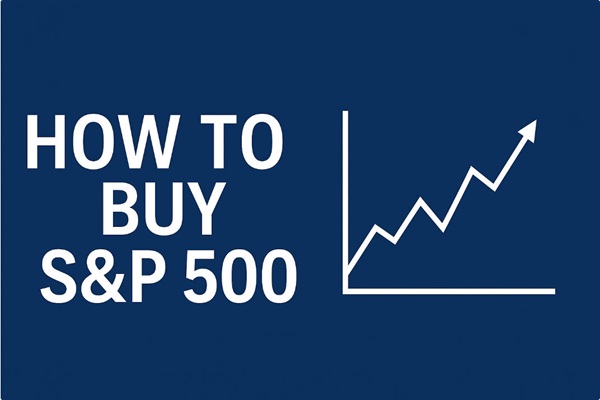The ASX’s sharp morning decline is a clear signal for investors to reassess risk exposure: superannuation balances are marked lower, even blue-chip stocks, typically considered defensive, have dropped several percent, and market commentary emphasizes a “market crash.”
While the sell-off is significant, it reflects quantifiable market dynamics rather than randomness. Elevated valuations, rising yields, fading rate-cut expectations, and sector-specific pressures are driving this correction.
A disciplined approach by focusing on underlying drivers, key technical levels, and portfolio positioning allows investors to manage downside risk, preserve capital, and potentially identify tactical opportunities for selective buying, rather than reacting emotionally to headlines.
What actually happened on the ASX today?

The benchmark S&P/ASX 200 fell as much as about 2.2% intraday, touching roughly 8,450 points, before closing near 8,469, down 1.94% for the day. That’s the weakest close in almost five months.
Roughly $59-60 billion in market value was wiped off Australian shares in a single session, and about 175 out of 200 ASX 200 names finished in the red.
Over the past month, the ASX 200 has now dropped about 7-7.5%, with analysts estimating around $220 billion in cumulative losses from the index’s market capitalisation.
From a bigger-picture perspective, the index is still up modestly over the last 12 months, sitting in the upper half of its 52-week range of roughly 7,170 to 9,115. But the short-term trend has turned clearly negative, with the one-month performance now around -4-4.5%.
Why did the Australian stock market crash today?
There isn’t one single villain. Today’s slide is the result of global risk-off sentiment, interest-rate and inflation worries, and stock-specific disappointments all hitting together.
1. Interest rates: “Unlikely” to move in 2026
One key catalyst was commentary from Commonwealth Bank’s CEO and the Reserve Bank of Australia’s recent minutes.
The CBA boss said it’s “unlikely” interest rates will move much in the near term, including rate cuts in 2026, while RBA minutes showed underlying inflation running hotter than they’d like.
For markets, this matters because:
To put it simply, investors are being forced to accept that cheap money is not coming back quickly.
2. Global sell-off and Nvidia anxiety
Today’s decline reflects broader global pressures rather than isolated events.
Wall Street futures were already pointing lower following a tech-led sell-off in the U.S., while Nvidia’s upcoming earnings have become a key test of whether the AI-driven rally can continue to support global equity markets.
Australian tech names, which had benefited from that global AI enthusiasm, were hit hard as traders cut risk:
When global investors move to “risk-off”, smaller open markets like Australia tend to feel an outsized impact.
3. Stock-specific blow-ups and sector pain
Days like this often feature a few “landmine” stocks. Today:
Major banks (CBA, NAB, ANZ, Macquarie) and big miners (BHP, Rio Tinto, Fortescue) were all down between ~1-4%, removing the usual “defensive ballast” from the index.
With all 11 sectors negative and only a handful of stocks up, there was nowhere for the benchmark to hide.
Key technical levels investors should watch
The ASX 200’s immediate support sits at 8,450, coinciding with a recent congestion zone and short-term volume shelf. If the index spends time below this level, the next downside target is 8,300-8,350, near a prior swing low and cluster of moving averages.
How price reacts at 8,450 will be telling: a strong bounce with rising volume suggests dip buyers are stepping in, while weak or sideways action raises the risk of another leg lower.
On a bigger-picture view, the index remains above last year’s key lows near 7,200 but below the 9,100 mark, the top of the 52-week range and recent all-time highs. Breaking below the 200-day moving average signals that the medium-term uptrend is under pressure.
For investors, that doesn’t mean “sell everything”. It does mean you should assume more volatility, slower index-level gains, and a higher chance we retest lower levels before any sustainable move back to the highs.
How investors can respond without panicking
The worst decisions are usually made on days like this. Here’s how to stay rational.
1. Match your reaction to your time frame
Long-term investor (5+ years): A 7% drawdown over a month hurts, but it’s not unusual. The ASX has weathered much larger falls and still delivered positive long-term returns. Your focus should be on quality, diversification and income rather than every headline.
Short-term trader: Volatility is an opportunity, but only if you have a plan. Use clear levels (8,450, 8,300) for entries, exits and stops rather than trading off emotion.
If you can’t sleep at night, you’re probably carrying more equity risk than your psychology can handle.
2. Audit your portfolio’s real risk
Use today as a stress test:
Income vs growth: High-yield defensives can cushion volatility, but they’re not bulletproof. Make sure your yield plays are backed by solid balance sheets and cash flow, not just a big dividend number.
If your losses today feel unbearable, trimming risk into any bounce is often safer than capitulating at the lows.
3. Where might the opportunities be?
Crashes and sharp sell-offs often create mispricing:
A simple rule: Only buy what you’d be comfortable holding through another 10% market drop.
Frequently Asked Questions (FAQ)
1. Is this the start of a bear market in Australia?
No. The ASX 200 is down about 7% this month but still positive over 12 months and above major long-term lows. It’s a correction, not a confirmed bear market. Watch 8,450 and 8,300 for key support.
2. Why did tech stocks fall more?
Tech is sensitive to interest rates and global risk. Nvidia concerns, the AI trade, and higher-for-longer rates hit growth valuations hardest, dropping Australian tech 3–6% or more.
3. Should I sell my shares?
Not blindly. Review each holding for quality, debt, earnings, and your time frame. Trim positions that don’t fit your strategy, but avoid panic selling solid long-term assets.
4. Is it a good time to buy the dip?
Selective buying can work, especially for quality blue chips in the lower half of their 52-week range. Scale in slowly, keep cash ready, and be prepared for further dips.
5. How does this affect my superannuation?
Your balance may drop temporarily, but super is long-term. Focus on asset mix, fees, and long-term performance rather than one day’s market move.
The Bottom Line
Today’s Australian Stock Market Crash is a loud warning, not a final verdict on the ASX. The index has broken below important moving averages, wiped tens of billions from market value, and reminded investors that higher-for-longer interest rates and global tech risks are real.
For disciplined investors, this is a time to tighten risk, upgrade quality and plan your next moves, not to freeze or blindly liquidate.
Crashes expose weak portfolios but they also hand long-term money the chance to buy robust assets at better prices. The difference is whether you react from fear, or from a clear, thought-through playbook.
Disclaimer: This material is for general information purposes only and is not intended as (and should not be considered to be) financial, investment or other advice on which reliance should be placed. No opinion given in the material constitutes a recommendation by EBC or the author that any particular investment, security, transaction or investment strategy is suitable for any specific person.






















